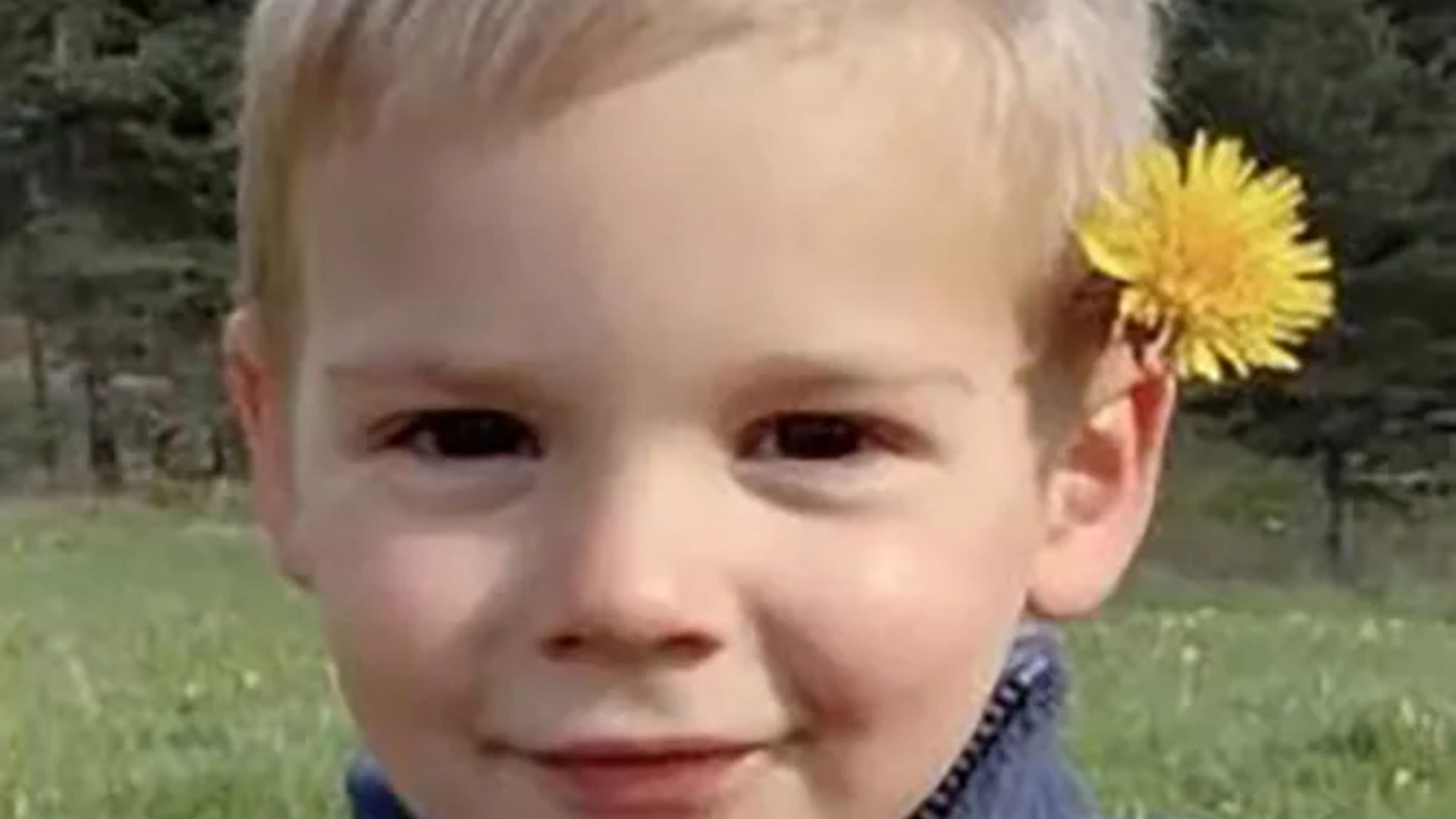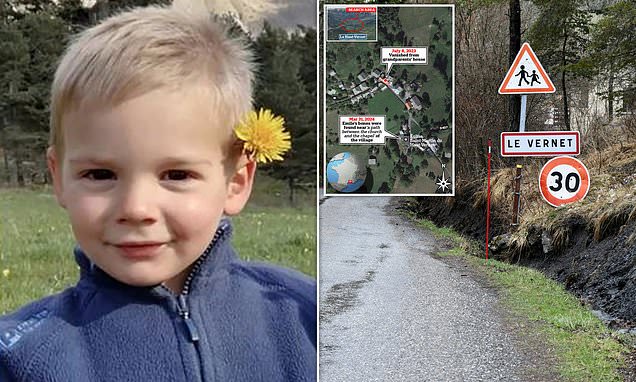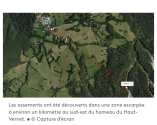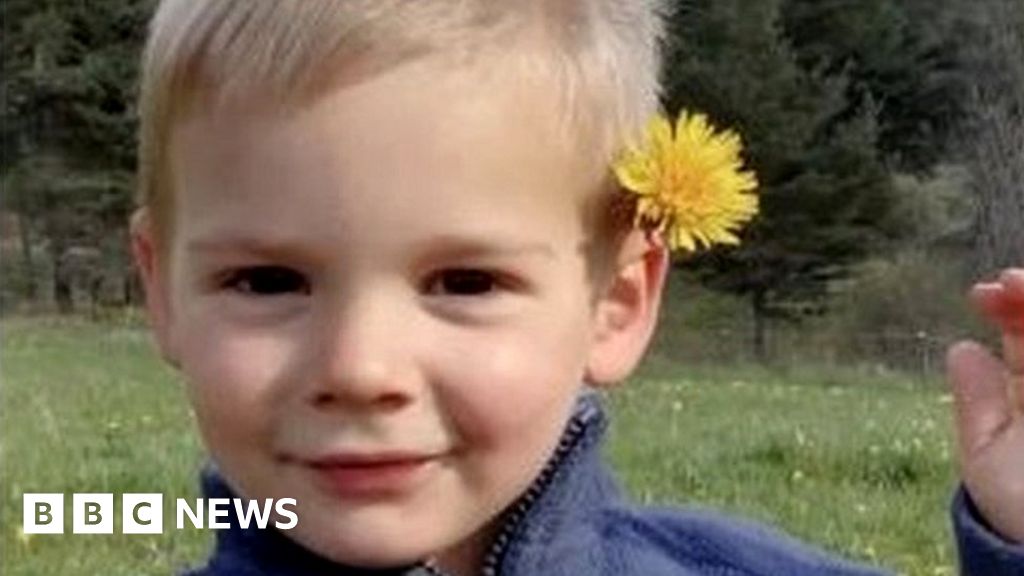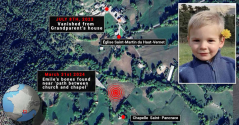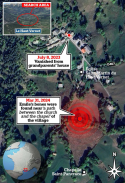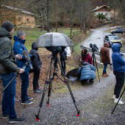There are happy endings, there would definitely be more if everyone responsible realized if the little one has not been found when the search area has been cleared as much as they were able to, they need to widen the perimeter. jmo.
The little boy who hooked up with a bear (or did he? I believed him) during his time alone is memorable. And the toddler who returned looking like a ravaged war vet. (I hope he's ok now, the rescue picture was alarming but he'd found a place to stay warm and he survived at least.)
But going by statistics is clearly not an ideal way to deal with a missing tot. "They can't walk that far". Seriously.
(jmo.)
SAR searches are done by statistics, with focus on the highest likelihood of finding the missing person. The statistics are based on hundreds of thousands of cases. If the missing person isn’t found within the likeliest area, they widen the search radius, as I mentioned above.
[Widening the search area won’t be the optimal choice in all situations, though. Sometimes, SAR experience tells them where folks go missing on a regular basis (Emily Sotelo was found exactly where expected) or the kinds of places people go missing, e.g. heading down a wash or following an animal trail)].
SAR searches are indeed an ideal way to search for a missing tot, since the protocol is the “missing tot” protocol. Children have a different search protocol, teens have a different protocol, mushroom hunters have a different protocol than hikers, Alzheimer patients have a different protocol, hunters have a different protocol……etc. etc. All based on statistics, with the pattern most likely to have a favorable outcome being a priority. By the numbers, this is the most ideal way to find a toddler.
I can tell you that very young children tend to crawl into narrow spots and curl up; searching has to be minute to find them, no rock goes unturned basically. Slightly older children don’t respond to rescuer calls, because they’ve had “stranger danger” imprinted on their brains. Alzheimer patients move in a straight line until they come to an obstacle; then they stop.
As with all statistics, there are single outliers. That doesn’t mean statistics aren’t an excellent way to plan a search. In fact, it’s proven they are.
If you’d like to know more, there are YT lectures by the founding scientist under “lost person behavior”. He’s saved a lot of lives.
FWIW the implication of these standard protocols is that community searchers cannot be in the search area except by express permission of LE. It’s sort of like a crime scene. The plan is executed in an exact certain way and has a lead planner: s/he coordinates all the different SAR search groups. Untrained community members in the search area miss clues easily, cause delays, and confuse helicopters and drones; they are prone to accidents and creating distractions when time is of the essence. So, untrained volunteers are very much a NO. This became an issue in the Dingley case where an independent searcher contaminated the search area (despite LE prohibition), making dogs useless and messing about in possible clue locations. LE was NOT happy.
